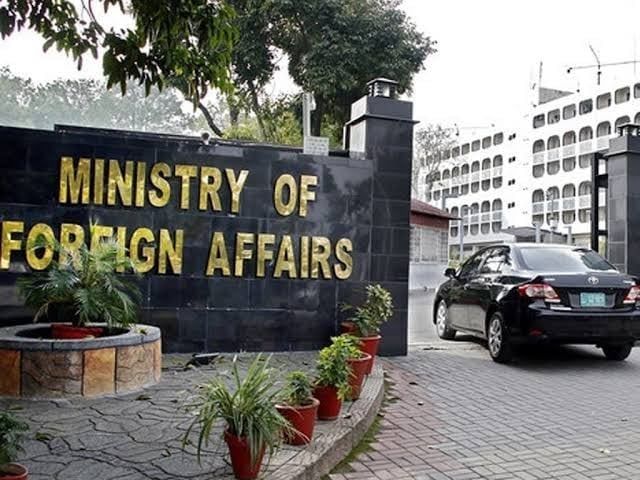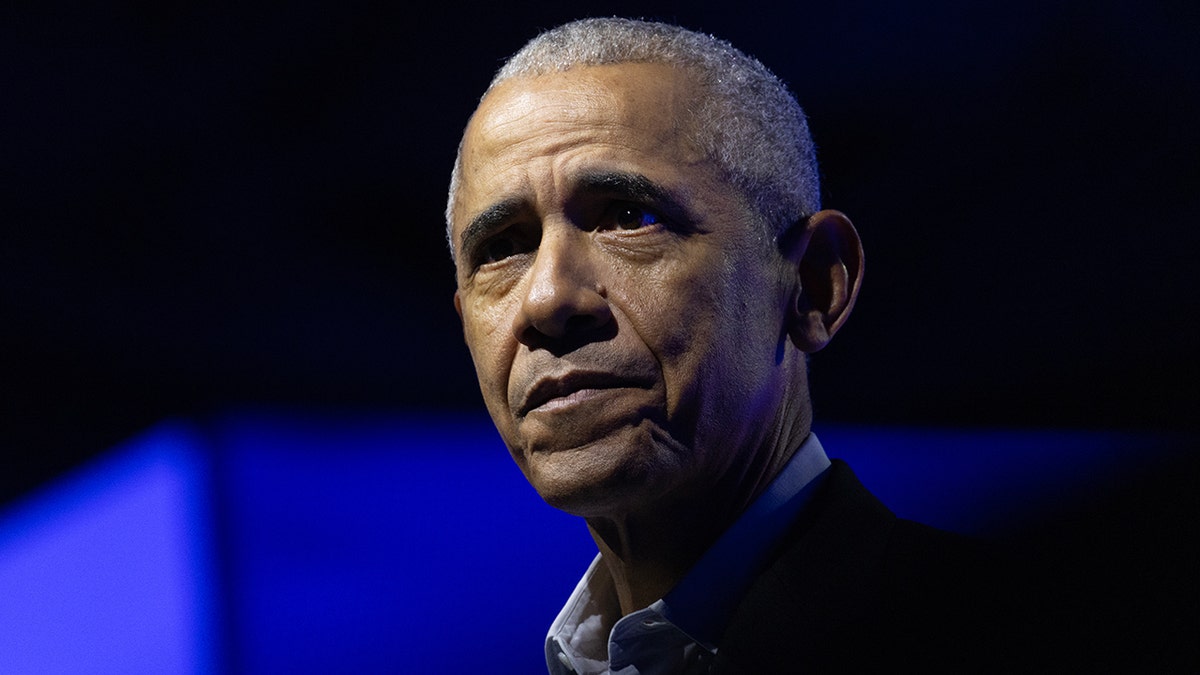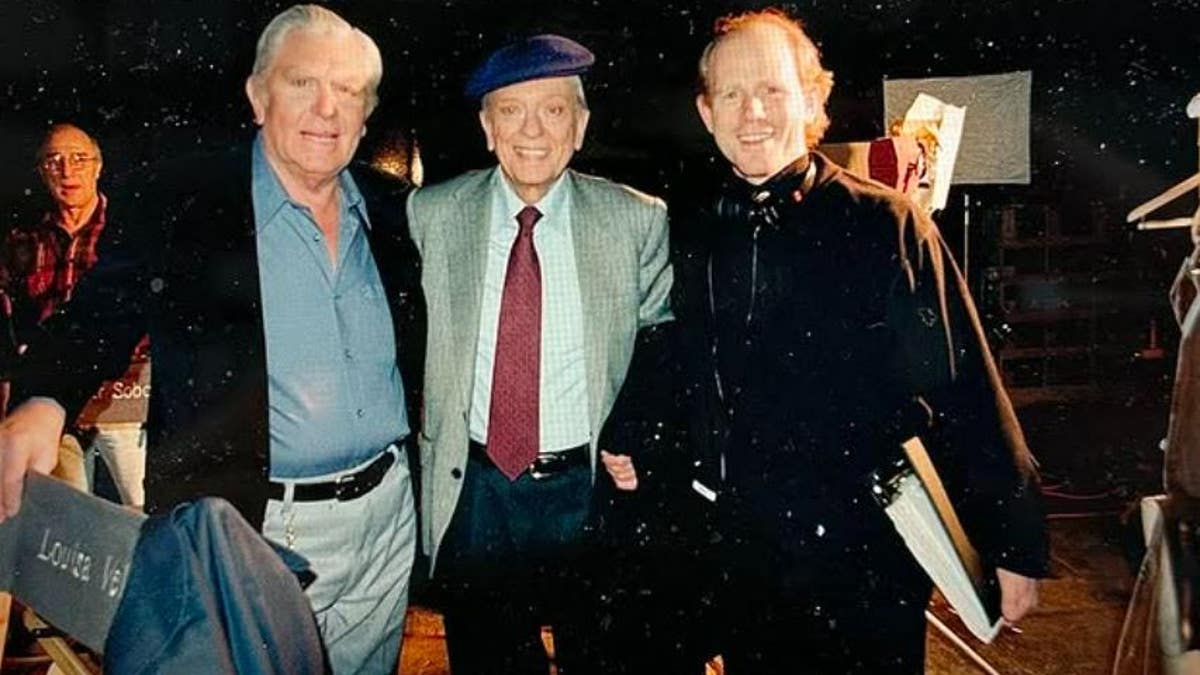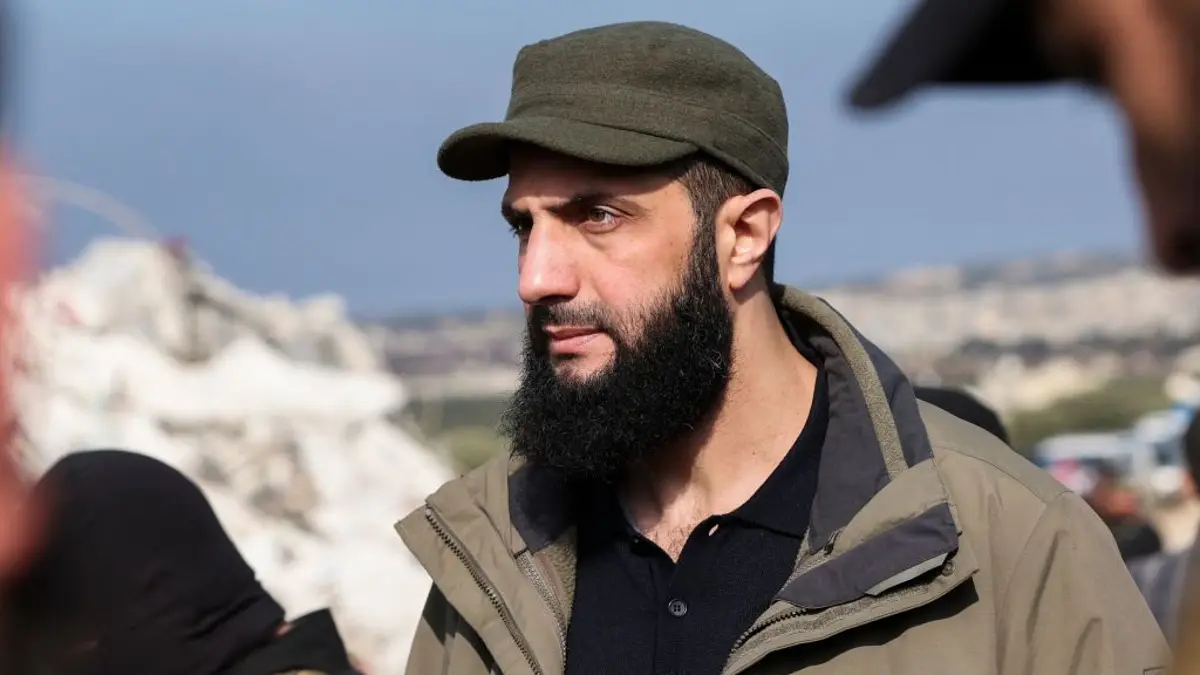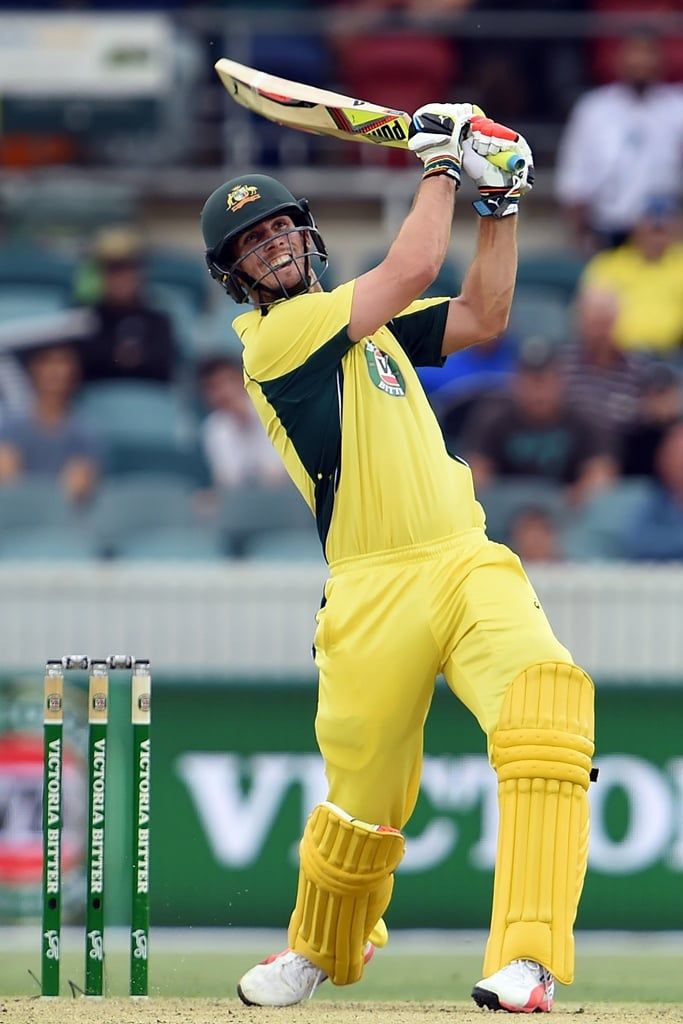The fate of Scot Peterson, the former school resource officer at Marjory Stoneman Douglas High School in Parkland, Florida, hangs in the balance as a jury continues deliberations in his unprecedented trial. Peterson is charged with inaction during the tragic February 14, 2018, mass shooting that claimed the lives of 14 students and three staff members.
This case marks the first time a law enforcement officer in the United States has faced trial for alleged failure to act during a school shooting. Peterson faces a potential sentence of nearly 100 years and the loss of his substantial pension if convicted on the most serious charge, felony child neglect. He retired shortly after the incident and was subsequently fired.
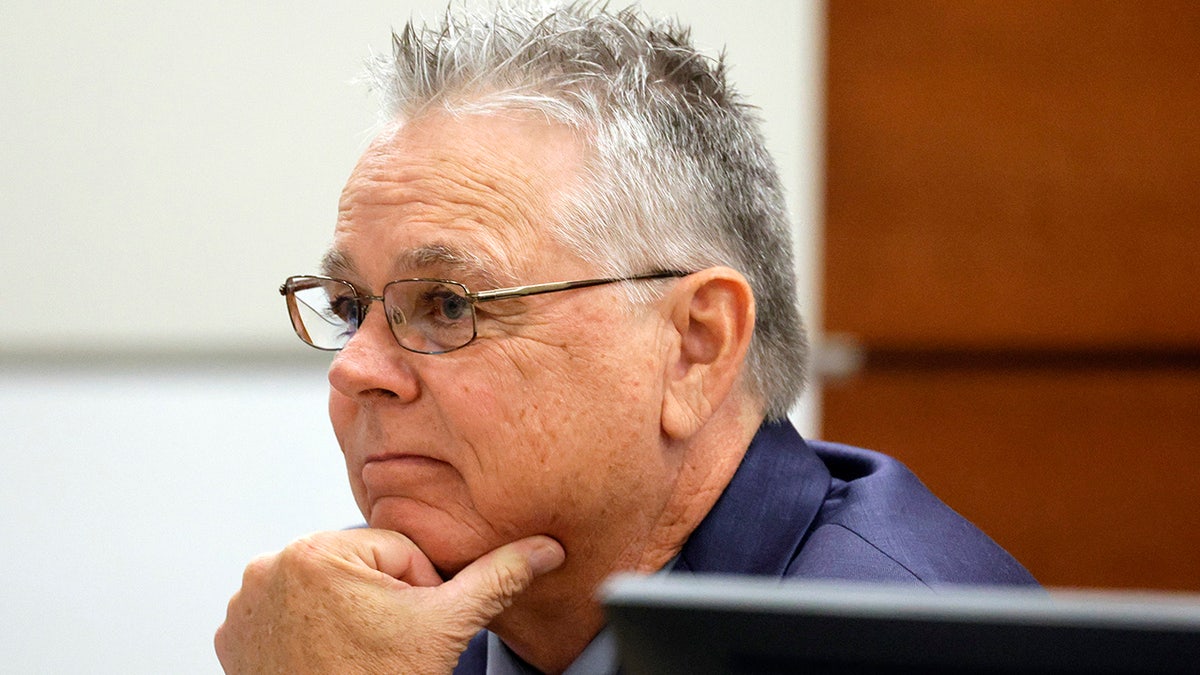
During the trial, conflicting accounts emerged regarding the perceived origin of the gunshots. Witnesses, including students, teachers, and a sheriff's deputy, offered varying perspectives on where they believed the shots were coming from during the attack by Nikolas Cruz. This discrepancy in perception forms a key part of Peterson's defense.
The prosecution argued that Peterson, who reached the building where the shooting occurred while students and teachers were still alive, chose to retreat instead of engaging the shooter. Conversely, the defense contended that Peterson was being used as a scapegoat, arguing that the echoing sounds made it difficult to determine the source of the gunfire. They emphasized that Peterson believed the shots originated from outside the building and that he responded by initiating a school-wide lockdown.
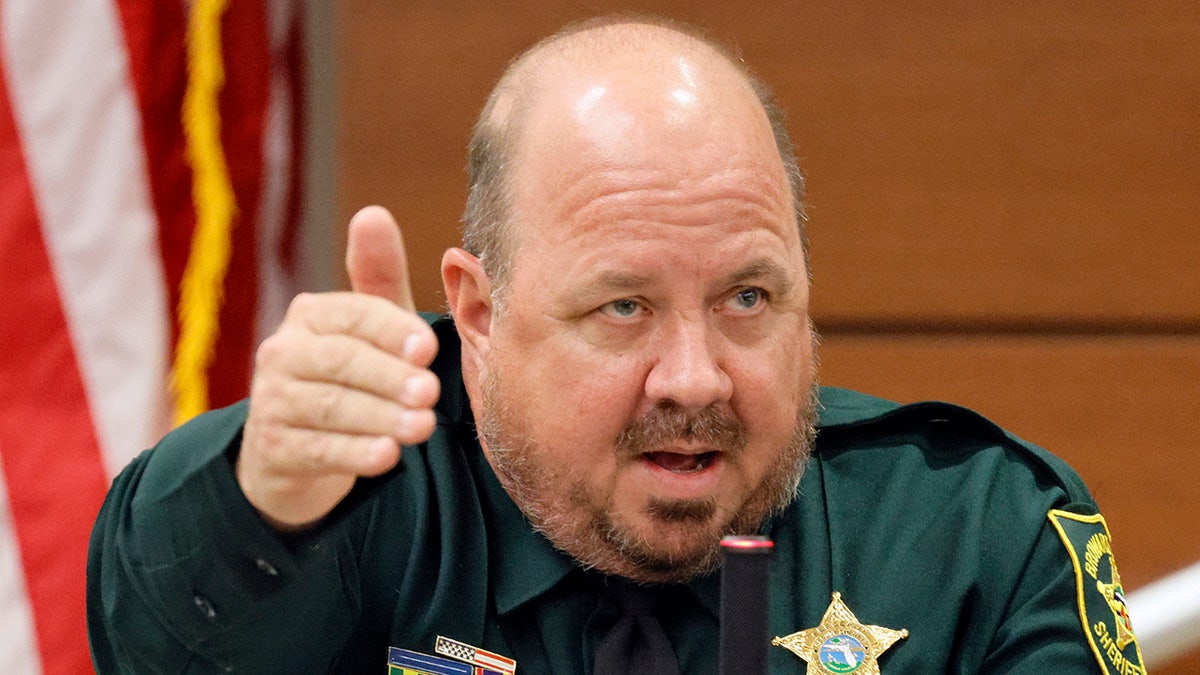
Testimony from Broward County Sheriff's Sgt. Brian Goolsby, who arrived at the scene during the shooting, further highlighted the confusion surrounding the location of the gunfire. Goolsby admitted that even after seeing the body of a coach outside the building and the damaged windows, he still questioned whether the shots had originated from inside.
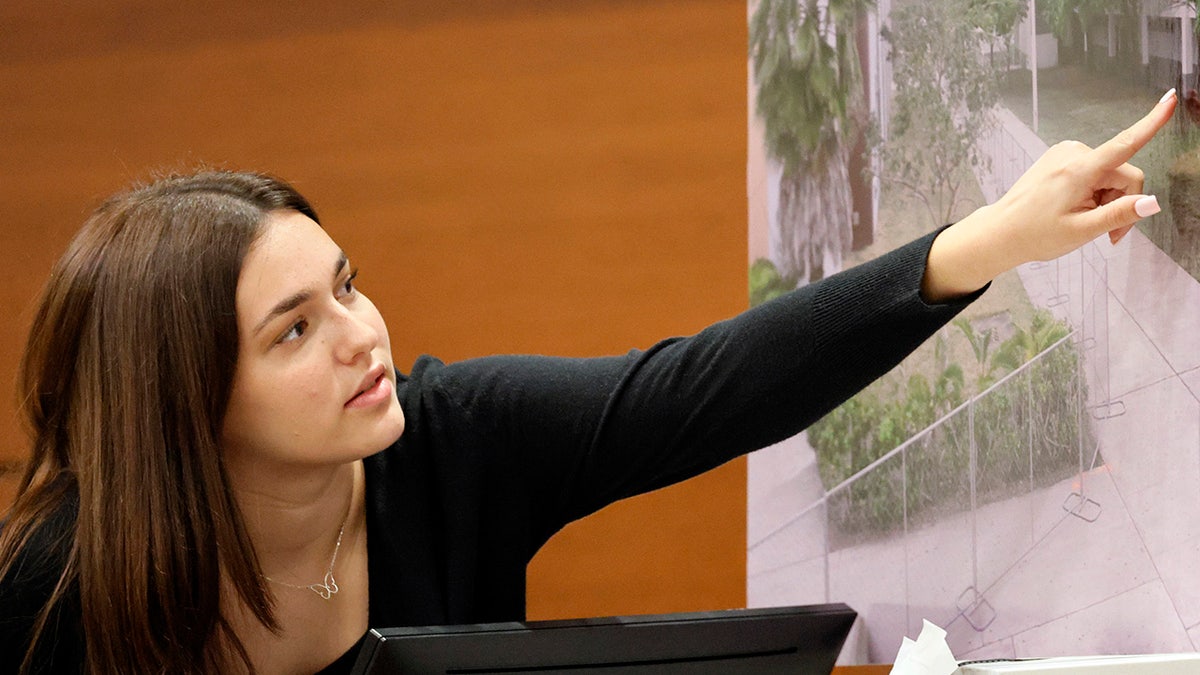
Student testimonies also reflected the chaotic nature of the event. Ruby Harris believed the shots were coming from a parking lot behind the building, while her sister Peri placed the origin at a neighboring middle school. Their friend Dylan Redshaw thought a building had exploded. The prosecution emphasized that these witnesses were not trained law enforcement officers and their immediate reaction was to follow established protocol for on-campus shootings, which prioritized seeking safety rather than identifying the shooter.
The outcome of this trial carries significant weight, potentially influencing future legal considerations regarding law enforcement's responsibility in active shooter situations. The case also resonates with the ongoing scrutiny of law enforcement response to school shootings, particularly in light of the Uvalde, Texas, massacre. The jury's decision is eagerly awaited as it could set a precedent for accountability in these tragic events.

